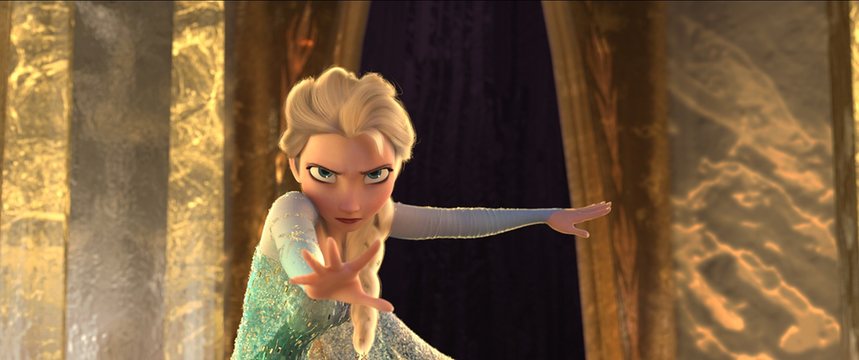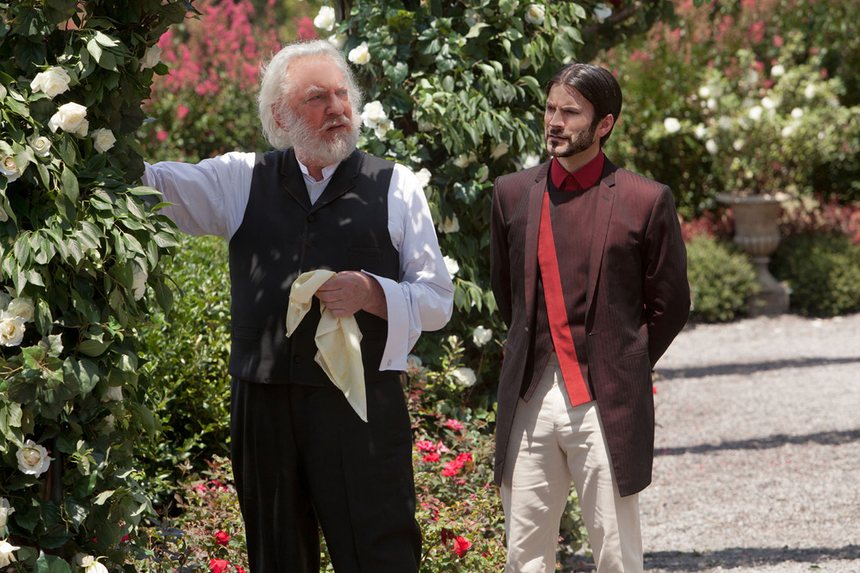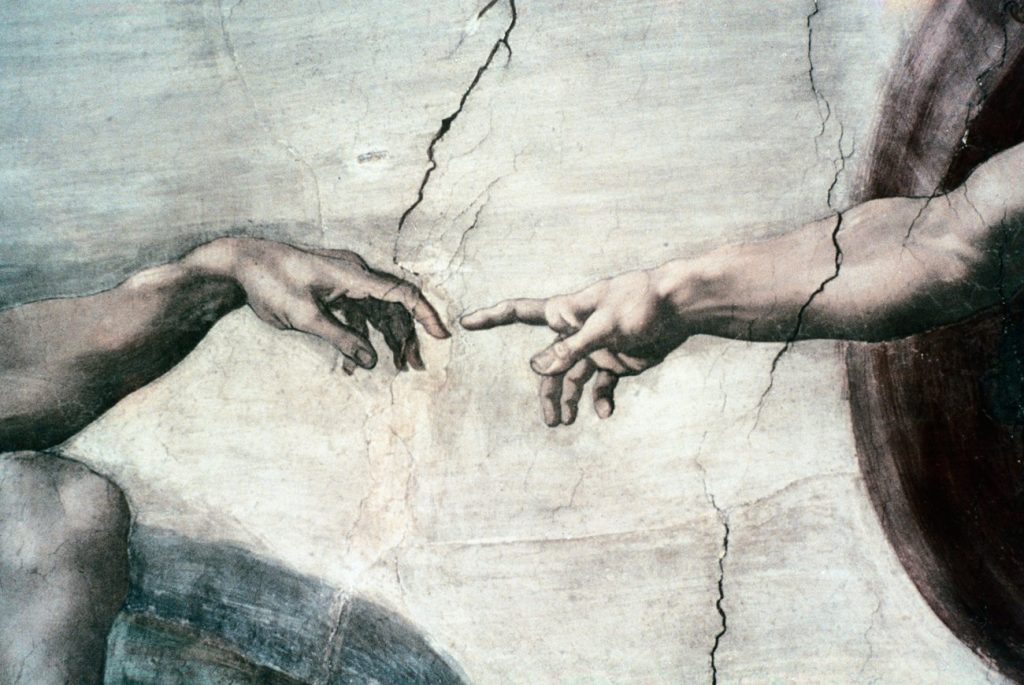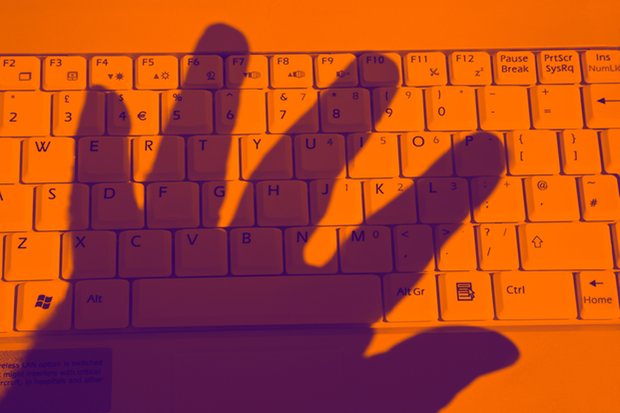The new era of the internet, the smartphone and the PC has had radical effects on who we are and how we relate to each other. The old boundaries of space and time seem collapsed thanks to the digital technology that structures everyday life. We can communicate instantly across both vast and minute distances, Skyping a relative on another continent or texting a classmate sitting at the next table. Videos and photos course through the web at the touch of a screen, and social media broadcast the minutiae of both public and private lives. On the train, the bus, in the cafe and the car, this is what people are doing, tapping and talking, browsing and clicking, scrolling and swiping.
Philosophers, social theorists, psychologists and anthropologists have all spoken of the new reality that we inhabit as a result of these changes. Relationships are arguably more shallow or more profound, more durable or more transitory, more fragile or more grounded.
But what if we were to see this chapter in human history through a slightly different lens? What if, rather than focusing on the new promises or discontents of contemporary civilisation, we see today’s changes as first and foremost changes in what human beings do with their hands? The digital age may have transformed many aspects of our experience, but its most obvious yet neglected feature is that it allows people to keep their hands busy in a variety of unprecedented ways.
The owner of the Shakespeare and Company bookshop describes the way young people now try to turn pages by scrolling them, and Apple have even applied for patents for certain hand gestures. Patent application 7844915, filed in 2007, covered document scrolling and the pinch-to-zoom gesture, while the 2008 application 7479949 covered a range of multitouch gestures. Both were ruled invalid, not because gestures can’t be patented, but because they were already covered by prior patents.
At the same time, doctors observe massive increases in computer- and phone-related hand problems, as the fingers and wrist are being used for new movements that nothing has prepared them for. Changes to both the hard and soft tissues of the hand itself are predicted as a consequence of this new regime. We will, ultimately, have different hands, in the same way that the structure of the mouth has been altered, it is argued, by the introduction of cutlery, which changed the topography of the bite. The edge-to-edge bite that we used to have up to around 250 years ago became the overbite, with the top incisors hanging over the lower set, thanks to new ways of cutting up food that the table knife made possible. That the body is secondary to the technology here is echoed in the branding of today’s products: it is the pad and the phone that are capitalised in the iPad and iPhone rather than the “I” of the user.
Yet if the way that we employ our hands is changing, the fact that we have to keep our hands busy is nothing new. From weaving to spinning to texting, human beings have always kept their hands occupied. If playground parents would once have been knitting or turning the pages of a newspaper, today they are swiping and surfing. At home, computer games occupy the hands and fingers (Minecraft, the world’s most successful game, includes a curious on-screen hand that accompanies the player wherever they go). The phenomenal popularity of Lego, likewise, is not just due to clever marketing but to its basic function of giving work to the hands.
Once we recognise the importance of keeping the hands busy, we can start to think about the reasons for this strange necessity. What are the dangers of idle hands? What function does relentless hand activity really have? And what happens when we are prevented from using our hands? The anxious, irritable and even desperate states we might then experience show that keeping the hands busy is not a matter of whimsy or leisure, but touches on something at the heart of our embodied existence.
And this brings us to a paradox. The most obvious answer to the above questions is that we need our hands to do things with. They serve us. They are the instruments of executive action, our tools. They allow us to manipulate the world so that our wishes can be fulfilled. We show our hands to vote, to seal an agreement, to confirm a union, to such an extent that the hand is often used to stand for the human agent that bears it. In zombie and Frankenstein movies, the creatures walk with hands held out in front of them, not to suggest difficulties in vision but, on the contrary, pure purpose.
Yet at the same time, our hands disobey us. Although there are stories and films where a body part such as an eye, a foot or even an ear becomes animated or possessed, this is nothing compared with the vast number of examples where it is the hand – either joined to the body or severed – that starts to function on its own, and nearly always murderously. When body parts become possessed in horror films, from The Hands of Orlac to The Evil Dead, it is almost always the hands that are controlled by some evil force, rather than the feet, the eyes or the mouth.
In most of these fictions, the hands act in opposition to the conscious volition of the person. They may perpetrate the murder or revenge that the person at some level desires, but that society and their own self-image prohibit. In The Hand, the comic-book artist played by Michael Caine has to discover that the carnage wreaked against those who have wronged him is in fact the work of his own severed hand. In other scenarios, the hands may embody the will of someone else entirely, perhaps a spirit or the donor of the surgically grafted member. Whatever the case, they show a division or splitting, as the unhappy heroes of these sagas have to fight against their own bodies.
And don’t such divisions persist in everyday life? As we might strive to focus on what our partner or friend is telling us, our hands itch to send a text, to check our email, to update our Facebook page. People complain of being too attached to their phones and tablets, as if their hands just can’t stop touching them. The hand, symbol of human agency and ownership, is also a part of ourselves that escapes us. In what has become one of the most successful cultural products of all time, Disney’s Frozen explores the dilemma of a girl whose hands do things she doesn’t want them to do. Elsa’s hands turn whatever they touch into ice, and the story concerns her efforts to censor, control and perhaps accept this part of herself that is, to adapt St Augustine’s expression, “in her more than her”.
Advertisement
When former US president Jimmy Carter told the world in 2015 that he was suffering from brain cancer, he said that matters were now “in God’s hands”. To localise agency and volition, it is the hand rather than the mind or brain that is singled out, as if the hands have come to stand for motivation itself. We could think of the final scene in The Terminator where the cyborg whose only purpose is to eliminate Sarah Connor still inches forward with extended pulverised hand, even after the rest of its body has been destroyed. Indeed, in the subsequent films in this series, it is this single preserved hand that will generate the new lethal technologies of the future.
This association of the hand with agency and power has a long history, stretching from biblical texts to Galen, from Calvin’s “manual theology” to Adam Smith’s “invisible hand” and beyond. The hand is referred to more than any other body part in the Bible, and appears in the Old Testament more than 2,000 times. In early Christianity, the deity is often pictured as a massive hand emerging from the clouds, and the tablets of the law may originally have been hand-shaped, with five commandments inscribed on each. The ubiquity of this image of the divine hand is sometimes given an iconoclastic interpretation: as it was forbidden to show the face of God, a bodily extremity was chosen instead. The hand appears only because we aren’t allowed to see the rest of the body.
The idea of the hand as a tool that serves us to propagate agency was common also in classical times. Where Anaxagoras had argued that humans are intelligent because they have hands, Aristotle, and many after him, countered that they have hands because they are intelligent, as the hands perpetuate our will instrumentally. Medieval etymology had indeed derived the term for “hand” (manus) from that of its “service” (munus). This same idea features heavily in the manuals of rhetoric compiled by Roman orators. They detail complex protocols for the hands to illustrate, punctuate and emphasise speech. Quintilian described the ways that hands could be used to “request, promise, summon, dismiss, threaten, entreat, show aversion or fear, question and deny”, and he claimed to be able to tell just from reading Cicero at which points in his oration the latter would have used gestures when speaking.

Preparing a public speech would have involved careful rehearsal of the splay of the fingers, the angle of the hand and how it would be positioned in relation to the body. Hand gestures formed an integral part of speech, of what Cicero called the sermo corporis, the language of the body. They were sometimes considered to be even more important than the content or composition of a speech. As the historian of classical gesture Gregory Aldrete observes, it was presumably no accident that after Cicero’s murder it was both his severed head and his hands that went on public display.
This special value accorded to the hands is just as present today. It seems as if almost every science fiction, espionage and adventure film contains a scene where the protagonists have to override a computer manually. We could interpret this as human unease about the power that machines have over us, but isn’t it also an attempt to perpetuate the belief in the hand as agency, as the point of ultimate control?
This emphasis on the hands as embodiments of agency is so powerful that the presence of a hand can even be posited to explain what seems to be action without an agent. Neurology describes the “alien hand” syndrome, in which one hand may act at cross-purposes to the other, failing to obey the conscious commands of the patient. An early research paper had hoped to term it “Dr Strangelove’s syndrome” – after the film in which Peter Sellers has to repeatedly use his left hand to stop the right hand from making a Nazi salute – but the peer reviewers did not like this. “Alien hand” is often distinguished from “anarchic hand”, where the hand disobeys yet is still experienced as belonging to the body.
The neurology reports are filled with examples in which the hands seem to be at war with each other: one hand closes a book as the other tries to open it, one lights a cigarette while the other tries to extinguish it, one turns on a TV programme while the other tries to change channels. In more sinister examples, one hand tries to throttle the person while the other hand tries to loosen its grip, one hand forces food into the mouth while the other tries to stop it, or one hand tries to drown the swimming patient while the other tries to restrain it.
In neurologist and psychiatrist Kurt Goldstein’s 1908 paper, his patient had grabbed her own throat and squeezed with the left hand, saying “The hand does” rather than “I am doing”. It had required considerable force to disengage it. She tried to make sense of this traumatic insubordination in terms of there being a “bad spirit in the hand”. She told Goldstein that “the hand is not normal; it does what it likes”, and that she felt as though two people were present, the hand and herself.
Many strategies to pacify the unruly limb are reported by those suffering from alien hand. Physical restraints such as slings have been used, but it seems more common for people to try talking to the hand in the hope that it will start to obey. Goldstein’s patient would slap it or beg it to calm down as if speaking to a child. “My little hand, be quiet,” she would say.
Some researchers try to distinguish cases where ownership of the hand is denied from those in which it is recognised, despite its apparent autonomy, yet the distinctions and subsequent attempts to correlate these with localisations of cerebral damage are not always convincing. What is clear is that the patients perceive that the hand is doing something goal-directed, but may say, like Goldstein’s patient, “The hand did that” rather than “I did that”.
What is especially fascinating is that in some cases, in trying to explain the bizarre behaviour of the alien hand, the person will evoke a third hand that is controlling the insubordinate one. This “bad hand”, in one case, was causing the patient’s left hand to act at cross-purposes to the right hand, guiding its movements from above.
This shows us how the hand cannot be easily withdrawn from ideas of ownership and autonomy. If we mean to do something, a hand must be operative, even if our actual empirical hand is disobeying us. This paradox of manual agency is echoed in the strange transformations of the modern idea of freedom. The obligation to be free and to make our own choices is framed within a network of imperatives that come from without, ordering us to be free. The consequences here are quite clear: the more that autonomy and self-determination are valorised, the more that all basic human activities that fail to come under complete conscious control will be pathologised.
And this would explain why the field of so-called “addictions” is expanding so rapidly. The shopping addictions, sex addictions, internet addictions and phone addictions that fill the diagnostic marketplace have become seen as addictions because they are apparently not under conscious control. But the real addiction that lies behind them is autonomy addiction: the illusion that we can be fully masters of ourselves. The more we buy into this, the more disorders there will be.
These forces have become so powerful that today even staying alive is seen as a choice, something that we have power over. By devoting ourselves to a healthy lifestyle, eating well and exercising, we will prolong our lifespan. Those who can afford it eat blueberries and broccoli, grains and goji, and may spend a great deal of their time keeping fit. When asked why, the answer is obvious: to stay healthy, even if this means that the greater part of one’s actual life is given up in order to … live longer. Eating correctly and exercising may be experienced as obligations rather than pleasures, so that one life is sacrificed for the purely abstract idea of the other life: the affective is given up for the biological. As Imlac says to Rasselas in Samuel Johnson’s philosophical romance: “It seems to me that while you are making the choice of life, you neglect to live.”
The contemporary vogue for hand-based crafts replicates many of these same contradictions. We are encouraged to counter our apparent alienation in the excesses of the virtual world by returning to traditional activities such as weaving, knitting, model making, gardening, sculpting and general tinkering. Using our hands to make things is supposed to work against the dematerialised universe that we otherwise inhabit, a remainder or a new efflorescence of the grounding, satisfying bodily techniques of the past.

Yet however laudable and enjoyable such practices may be, they are situated squarely in the very same ideology that they are intended to parry. Globalised brands rely on exactly the same marketing and promotion strategies: an emphasis on each person’s uniqueness, their ability to create, the importance of time for oneself, the continuation of family and folk traditions. The individual laboriously and lovingly hand brewing at home and a vast corporation such as Starbucks increasingly share the same set of values, however different the coffee may be.
When people talk about why they practise crafts, the central motifs tend to be exactly those of the modern marketplace: the importance of personal choice, the sense of autonomy, the search for pleasure and a work of self-improvement. The point here isn’t that any of these activities are intrinsically good or bad, just that the notion of an antithesis between the individual, focused use of the hands that lifestyle gurus currently preach and the world of mass-produced goods and services is an illusion.
The showcasing of these values in the business world of course conceals the violence that runs beneath them, and it is difficult to ignore here how some form of careful and delicate manual activity is so often associated with the cruellest of dictators. We could think here of Hitler’s watercolour painting, the precision calligraphy of Chairman Mao, or President Snow’s gentle rose-pruning in The Hunger Games. Individualised manual craft and automated destruction seem strangely allied. And don’t we see the same logic in the profiles posted by the CEOs of today’s largest multinationals, who, while decimating entire cultures, enjoy model building and pottery?
• Hands by Darian Leader is published by Hamish Hamilton on 2 June.


